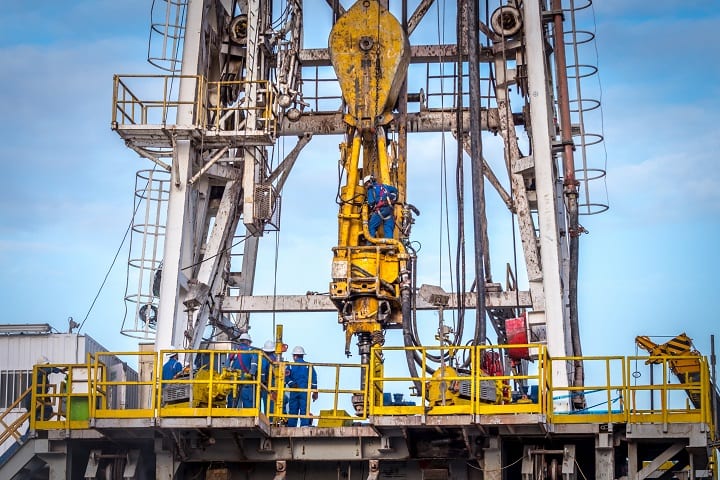Not all workplaces are created equal. It’s generally accepted that oil and gas rig workers and inspectors work in one of the most hazardous and high-pressure environments out there. Inspectors need to carry out their duties reliably and efficiently, knowing that an environmental disaster or work-related fatality could be just one minor mistake away.
A natural hazard
The last decade saw a boom in public and official concern over offshore oil and gas mining operations. The boom can be attributed mainly to the corresponding explosion of the Deepwater Horizon oil rig located in the Gulf of Mexico and just off the coast of Louisiana on the 20th of April 2010.
According to experts, the explosion and consequent sinking of the rig resulted from 8 different failures, which ultimately resulted in 11 deaths and approximately 4,900,000 barrels of oil spilling into the sea.
Unfortunately, Deepwater Horizon was just a single of many rig-related environmental tragedies. Forty-four major oil spills were documented in the last 50 years in just the US waters alone. And tens, if not hundreds, of minor spills, occur every year. Caused by equipment failure and human error, these incidents destroy immeasurable counts of sea life and can destroy entire underwater ecosystems.
A cost on human life
While certainly the most dramatic, explosions and fire-related fatalities constitute only 15% of the total death toll.
According to OSHA (Occupational Health and Safety Administration), an average of 100 people loses their lives while working on offshore mining rigs every year. The most common cause of fatalities, somewhere around 60%, is a consequence of what the OSHA dubbed “struck-by, caught-in, and caught-between” accidents. They are closely tied to heavy machinery, standard in all forms of mining operations.
The second most common cause of death is by falls. Around 7% of all fatal injuries are due to slippery surfaces, a lack of anti-skid plating on deck, holes, missing railings, or improper ladder use. However, a shocking 22% of all deaths result from employees dropping their tools on their coworkers’ heads.
The remaining percentage of fatalities are associated with electrocution, typically a consequence of damaged extension cords, extension cords missing grounding prongs, or failure to follow the proper lockout/tagout (LOGO) procedure.
Understanding the Underlying Causes
All the accidents mentioned above can be sorted into two categories depending on their cause – human error or equipment malfunction.
As humans, we all make mistakes. Unfortunately, we cannot always afford them, especially in a workplace where you must withstand the sea’s harsh elements on 12-hour shifts. The two most common actors in human error are fatigue and complacency.
Fatigue has been said to affect a person much the same as alcohol, leading to shorter attention spans and slower reaction times. Complacency is equally alarming and stems from people doing the same work repeatedly, resulting in them not paying the same attention as they should.
Similarly, equipment malfunctions are caused by the wear and tear of everyday use and element exposure as well. However, it cannot be solved with a good night’s sleep like its human equivalent and mandates frequent inspections and repairs.
Helping Your Employees Perform Under Pressure
One way to ease your inspectors’ burden is to provide them with a simple step-by-step guide to lead them through the process of their necessary duties without leaving up too much to their weary minds. And luckily, we have just the right tool to help you do that.
Our oil and gas rig checklist is a free tool you download and incorporate into your routine inspections in just a few moments. Modular in nature, it is easy to tweak and customize to suit your company’s and workers’ specific needs. And it is entirely digital-friendly to boot.

Meaning, none of your inspectors will have to struggle with a pen and paper while being splashed with the sea’s salty spray anymore. To add to that end, they will also conserve their energy, not having to worry about things irrelevant to their inspection. Our checklist will walk them through the entire process, step by step, enabling them to fully concentrate on the work at hand.
Explore and download the oil and gas rig checklist below or find other great solutions for your inspectional needs in our Resco Digital Template Library.
Oil & Gas Rig Inspection
Download a free Oil & Gas Rig Inspection template and improve the safety at drill locations by going through this step-by-step guide

